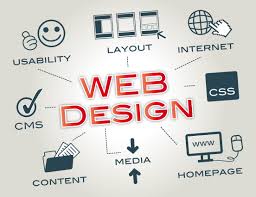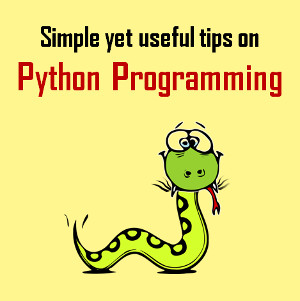SEO 2015: 8 Most Essential On-page Optimization
Published on 10 March 15
0
2

Are you the one who has just made his website live and is now thinking seriously about the SEO part? You may want to scrap it all and be back to the drawing board after going through.
On-page SEO work needs to go hand in hand with the web development process pre-launch. But people usually rush to the SEO experts after making the sites handicapped-- the content has been incorporated, the URLs have been saved and there are no link backs.
Now the site owner wants to make it SEO-friendly!
Of course, they are not supposed to know all these. But how come certain
web design companies deploy websites just like that, without on-page optimization properly done?
Ignorance is never a bliss, at least on the net.
Keyword Optimization
Keyword stuffing is banned, but that does not mean you will not use any related keyword. It is highly essential to use one single ‘Promoted’ keyword, strategically chosen and incorporated into the page content. SEO experts decide on it after doing a lot of research and considering the competitive advantages.
Meta Title & Meta Description
Meta Title and Meta Description, uniquely written against each URL, are the two ‘Hero’ factors of on-page SEO since search engines do take into account the Meta contents and that creates a huge impact on the SERP result of the web page. Meta Title or Page Title is the one that flashes as the heading of each link displayed in the SERPs. It should be strictly within 70 characters and you should put ‘The Keyword’ of the page in it. Meta Descriptions are content snapshots of the pages. You can view them flashing right below the URLs in the SERPs. These should be crisp two-liners with the promoted keyword incorporated.
SEO-friendly URL
The URL structure is a chief deciding factor for Google PR. The search engine does not prefer a dynamic URL which is developed by default when a web page is created. To make it SEO-friendly, you need to convert it into a syntax that is easily readable by the web browser. CMS frameworks like WordPress come with the features that can reconfigure the URLs into an SEO-friendly format. If you are not using CMS, you should reconfigure it with ‘.htaccess’. Besides URLs should not be too long and must carry the promoted keywords, hyphenated.
Headline Tags & Body Tags
This kind of tagging helps the search engines filter the web page out of the millions of links. The headline tag or H1 Tag is typically meant for the page heading. The tagging is done by bracketing the heading as <H> within the HTML code of the page. Similarly H2, H3, H4 etc. tags are used for the sub-heads splitting the content strategically and relevantly.
SEO-friendly Design
It has been four years since Google pointed out that site speed ‘will’ affect PR. Still, some designers unnecessarily cram the space with large images and videos. Heavy page content means the loading time will be high and consequently the PR will be less. Web designs should conform with the SEO mandates and images or videos need to be chosen likewise.
Image Alt Text
Incorporating the promoted keyword of the page or the title of the image within the text bracket of the HTML code for a particular image is what we call Image ALT Text optimization. Search engines can read the code and filter the link for any related keyword search. It should be done for all the images uploaded on the website. That’s a rigorous work, but very essential from SEO as well as W3 compliance point of view.
Internal Linking
Each and every web page should carry the links to other related pages. This creates an at-a-glance road map of the site and helps the search engines locate the pages linked to the respective keywords.
Original & Strategic Content
It is needless to say that copying content from others is a crime and you should not keep any kind of duplicate content within your site. Developing original, strategic and quality content with the keywords incorporated, for each and every web page, is one of the most basic on-page optimization jobs, to be taken very seriously. Apart from using targeted keywords only, keep synonyms and related phrases that circle around the topic.
This blog is listed under
Development & Implementations
and E-Commerce
Community
Related Posts:
Post a Comment
You may also be interested in
Share your perspective

Share your achievement or new finding or bring a new tech idea to life. Your IT community is waiting!

 Shanoli
Shanoli






